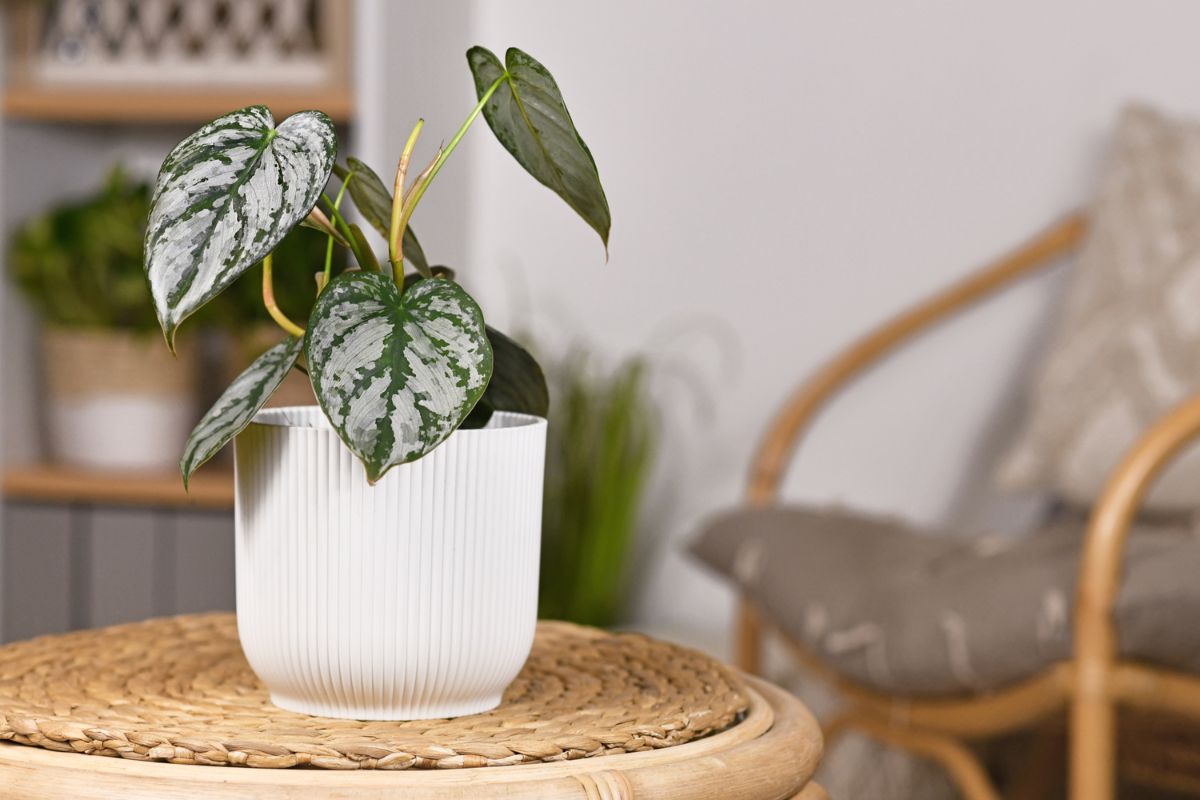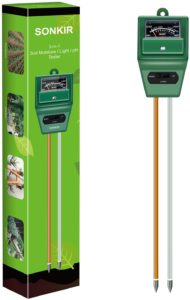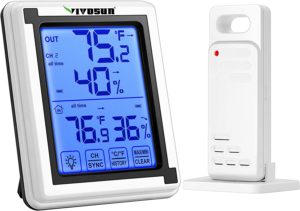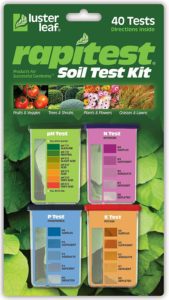If you’re noticing that your philodendron’s leaves are starting to curl, it’s very likely a sign of stress. Depending on how curly the leaves have gotten, it may be more or less advanced as a threat to your plant’s health.
The reasons that a philodendron’s leaves may curl are varied, but with a quick inspection, you should be able to identify the source of stress, to then choose the right solution to revive your plant (as long as the damage isn’t too severe).
Let’s go through all of that here 🙂
Causes of philodendron leaf curling
Philodendrons are tropical plants from South America, where they grow on tree trunks in the understory of warm, humid rainforests. Their year-round greenery can be maintained by recreating their preferred growing conditions indoors: humid and temperate with lots of bright, indirect light. Since their small root system doesn’t like to be too wet, it’s one of those plants you can water once every week or two (depending on the size of the plant and the ambient conditions) and it will be just fine.
When the growing environment gets too dry, too bright, or too wet, it can stress the plant out and potentially lead to more damaging problems. Curling leaves are a main sign of stress in plants, so if you notice your philodendron’s leaves are curling or wrinkling up, you’ll want to inspect the plant for one or more of the following issues:
- Underwatering
- Overwatering
- Low humidity
- Direct sun
- Hard water
- Pest infestation
- Overfertilizing
Underwatering – the most common cause
When a philodendron doesn’t get enough water, the leaves will curl as its stored moisture is used up. The curling also helps decrease the surface area, a moisture-saving tactic that can only work for so long. Other signs of underwatering include thin, wilted leaves, yellow coloration, or brown tips or edges. A regular water supply, once every week or two, will keep your plant healthy and refreshed.
Some of the factors that can lead to underwatering include:
- Not watering frequently enough – philodendrons don’t like their soil to dry out completely, so be sure to water your plant regularly. Low-maintenance doesn’t mean no-maintenance!
- Potting soil that doesn’t retain enough moisture – If your potting mixture has too much coarse draining material (like bark and perlite), it will drain water quickly, holding less than soils with enough absorbent matter (like worm castings and compost).
- Too small of a pot for the plant – small containers hold less moisture than larger ones, and dry out more quickly. Make sure the pot is the right size for your philodendron, which likes the soil to dry out almost all the way, but not totally.
- Root-boundedness – When plants mature and outgrow their pot, their roots wind around and fill up the space, leaving less room for moisture-retaining soil. This leads to less water being held, and faster (perhaps too fast) drying times.
Overwatering
While too little water will make your philodendron droop, too much water will do the same. Curling leaves may be a sign that your plant’s roots are stressed, and unable to take up oxygen or nutrients. Leaves will also show signs of stress when the roots absorb too much water, which can lead to root rot if left unattended.
A philodendron’s roots are relatively fragile when it comes to excess water and can succumb to root rot more quickly than plants with woody or tuberous root systems.
Overwatering may also lead to fungal growth in the soil, which can lead to, or contribute to, root rot as the fungus eats away at the plant’s roots. Make sure the soil dries out almost completely, at least the top two inches of the pot. Using a soil meter can help you know the moisture content at the center of the pot (philodendrons generally like a reading of 3!)
Low humidity
In their tropical native habitats, philodendrons rely on water vapor in the humid air for much of their moisture needs. This is why their roots are fine and don’t store much water: philodendrons are epiphytes, plants that grow on other plants and surfaces, so they don’t have extensive root systems.
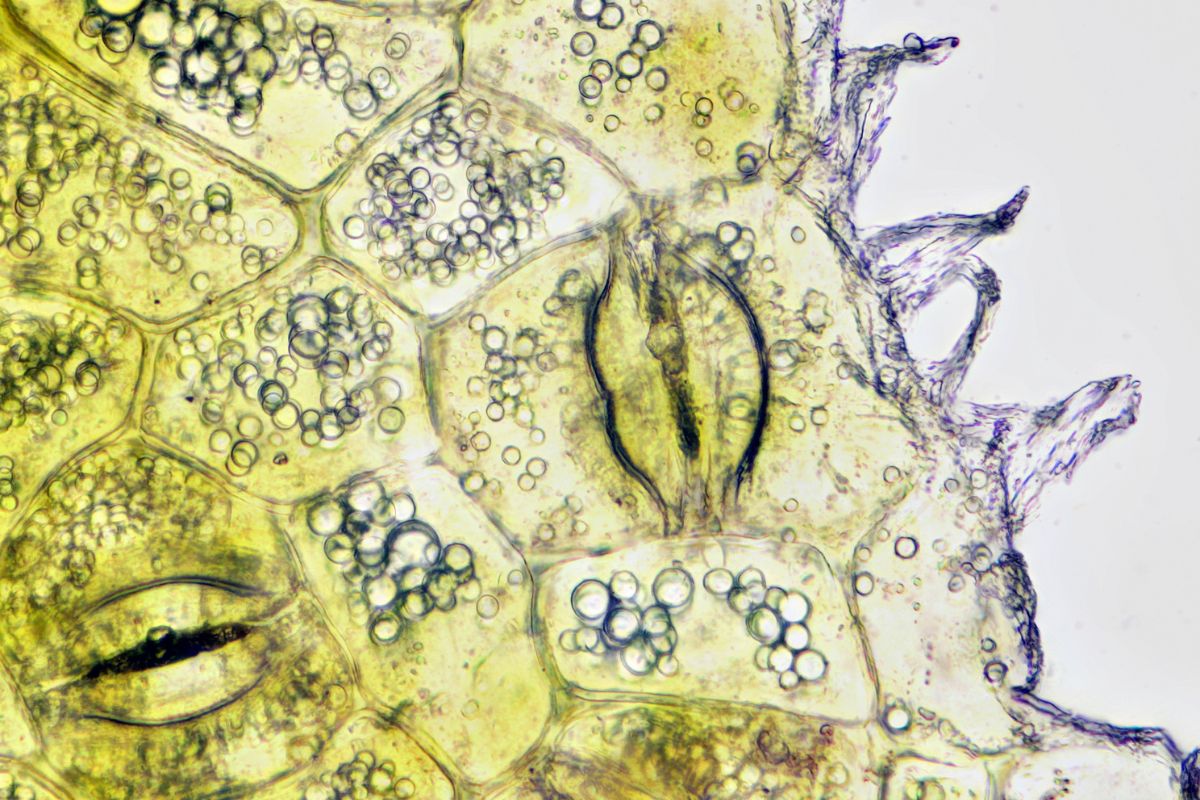
The stomata, or pores, on leaves breathe in moisture from the air, and while philodendrons store moisture in their leaves and vines, they rely on the humidity to stay in their best shape.
Your philodendron will be happiest in humidity levels between 50% and 80%, which is higher than a normal home’s natural humidity (which tends to hover around 40%).
Your location will make a difference in what sort of humidity intervention your philodendron may need. If you’re in a dry area, whether hot or cool, a humidifier will help keep your plant hydrated. Temperature adjustments may be necessary (like heaters in the winter), but if you’re comfortable, your plant should be as well. In general, philodendrons don’t like it to be cooler than 70 degrees (the air holds less humidity at low temperatures, in addition to anything lower being just too cool for them!)
Direct sunlight & heat stress
In nature, philodendrons are used to the canopy-cover shading them from direct sunlight, but the treetops don’t totally block out the light altogether. This has led to philodendrons appreciating lots of bright, indirect sunlight, another reason they make great indoor plants.
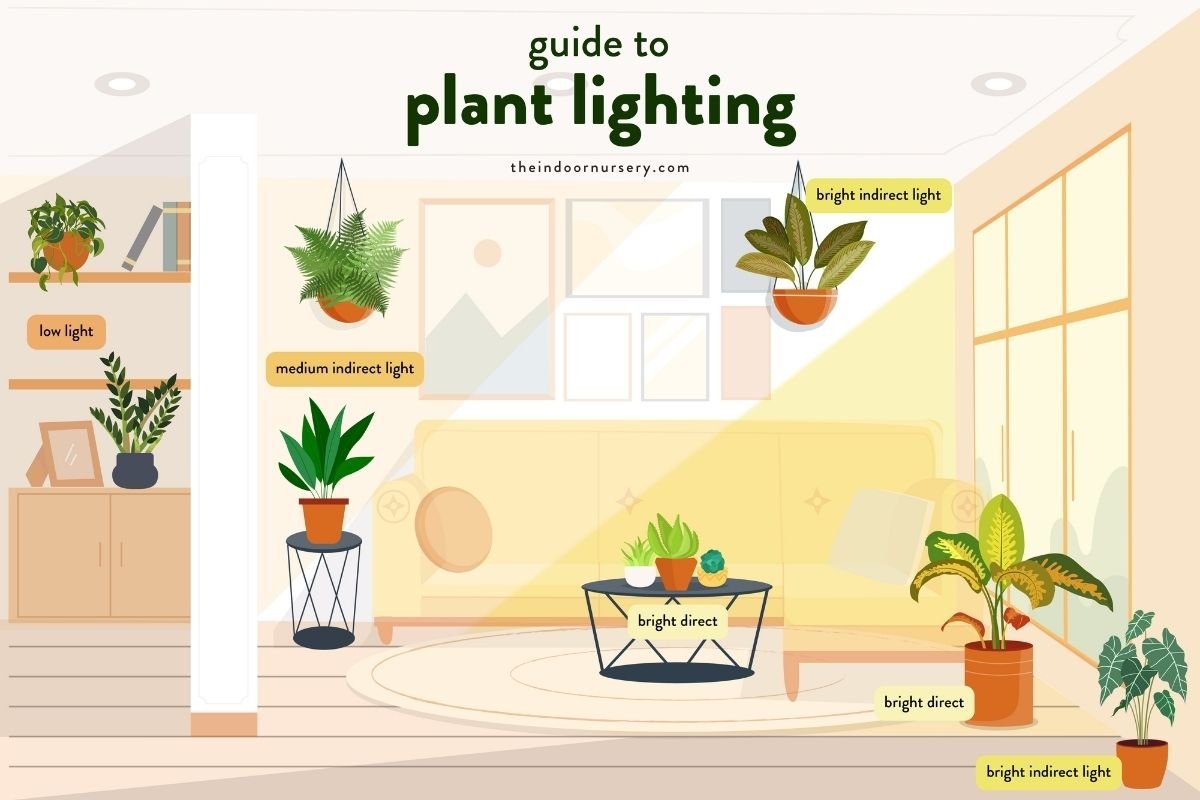
Their leaves aren’t made for direct light, and when put too close to a window or in the sun’s direct shine, they can dehydrate and curl up to avoid further damage from the sun. The fragile leaf tissue, however, will get sun burnt and may crisp up, resulting in brown leaf tips and edges, from too much exposure to direct light.
Similarly, too high of temperatures can stress out a philodendron. Rapid evaporation of water from the soil coupled with high transpiration rates (loss of internal moisture through the plant’s pores) can leave the plant dehydrated, with curled leaves. If you notice that your philodendron is curling up and is in the direct path of sunlight at any point in the day, find a more interior location for the plant.
Watering with hard water
Many houseplants prefer soil that’s on the slightly acidic side, and philodendron isn’t an exception here. These plants like the pH to be about 6, and if you use unfiltered, hard water, it may raise the pH level in your plant’s pot.
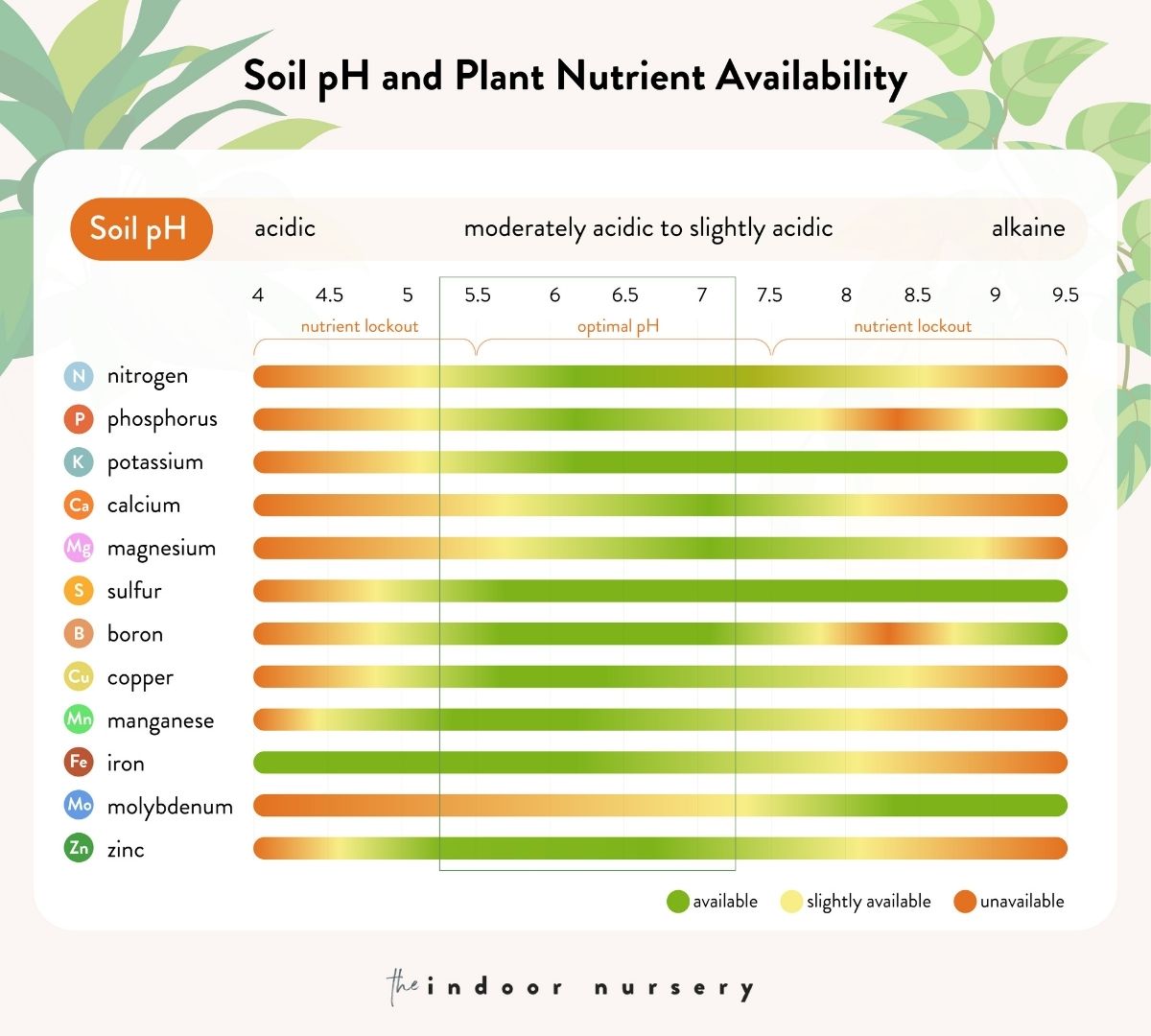
Treated water is often very slightly acidic to neutral or alkaline, which helps avoid pipe corrosion, and often has mineral additives that are useful for humans. This type of water can be stressful for a philodendron plant, so if you’re noticing curling, wilted, or yellowing leaves and you’ve been using tap water, try using filtered water moving forward to avoid altering the pH.
You can also try adding minerals like fluoride or chlorine to the soil. Similarly, some ground or well water has high salt content, and if this is the case in your location, filtered water is a must!
Pest infestation
The growing conditions for a plant affects how susceptible it is to a pest infestation. Philodendrons are one of those plants that may attract a range of pests in different situations. Their glossy, tender leaves are the preferred type of leaf for scale bugs, which feed on the plant’s sap.
You may notice small holes in the leaves from the bugs eating away, or you may notice the bugs themselves: small gray or white dots on the leaves.
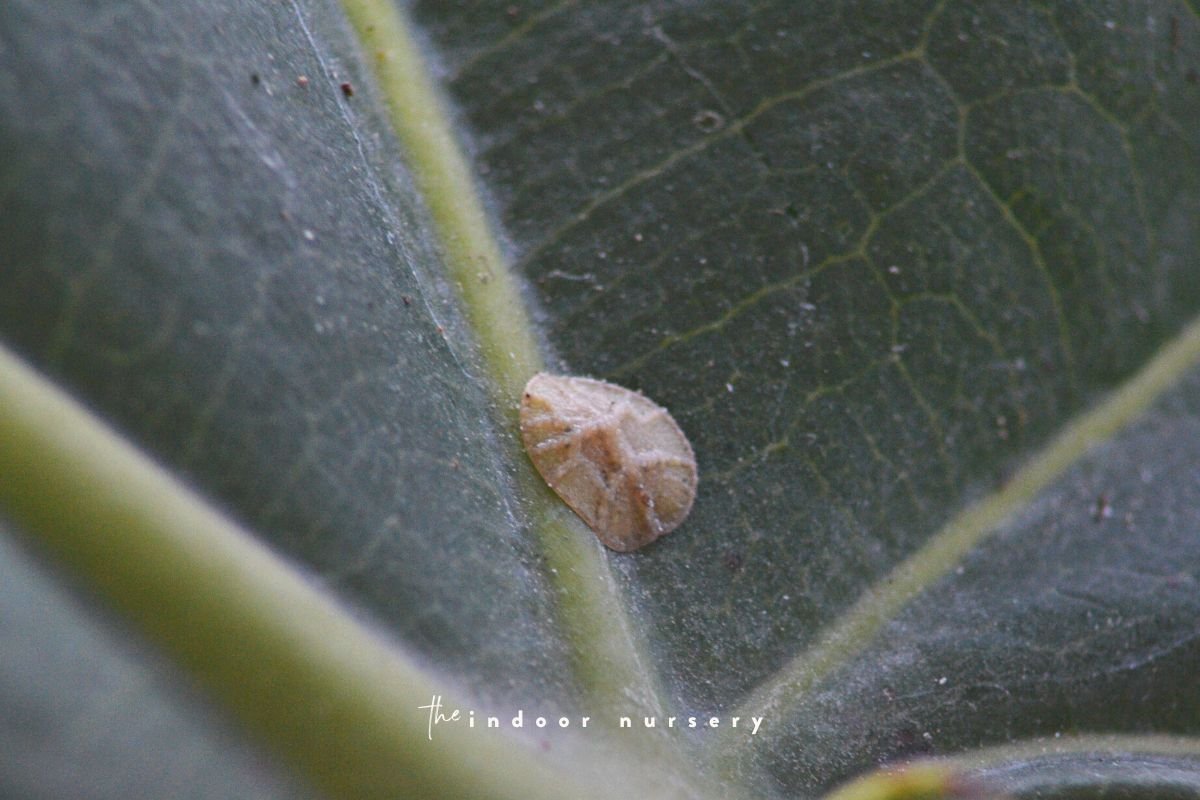
Scale bugs also leave a sweet, messy residue called honeydew as an excretion from all the sap they eat. If you notice scale bugs, isolate the plant, rinse them off with water and a gentle soap, and use a Q-tip with alcohol to remove any stubborn insects that remain. Then, treat the plant by wiping the leaves with a diluted neem oil solution (optional: add essential oils for plants) to keep any bugs away in the future.
If the soil is too wet, but it doesn’t lead to root rot, it may lead to fungal growth that attracts fungus gnats. If you notice fungus gnats, consider repotting the plant in fresh soil, and dispose of the fungus and gnat infected dirt so the spores and insects don’t spread further. If the problem isn’t too extensive, a layer of sand on the top of the soil will help kill the bugs.
In any case, consider how frequently you water your plant, and wait longer between watering to be sure the soil is drying out enough and not encouraging fungal growth.
While too-wet conditions can attract fungal growth and gnats, too-dry of a plant can become the host for spiders or spider mites, which like to build their webs in dry soil and leaves. A dry philodendron will provide the cover they appreciate to build their home. If you notice webs or small spiders on your plant, you should assess the humidity levels and the soil’s moisture content, both of which may need to be increased.
Overfeeding with fertilizer
As a tropical plant from South American rainforests, philodendrons are used to a soil that is rich in nutrients since the rainforest floor’s topsoil is constantly turning over throughout the year, refreshing nutrients regularly. A philodendron should be fertilized about once a month during the spring and summer, and about once every two months in the winter when there is less light and they grow much more slowly.
Too much fertilizer, particularly synthetic formulas, can damage the philodendron’s fine roots with high salt content (most synthetic formulas are synthesized using salt forms of the minerals).
Too much of an organic fertilizer can be equally stressful for a philodendron, especially when it changes the pH level of the soil. Too acidic, or too alkaline, of a growing environment will make certain nutrients unavailable, which can cause your plant’s leaves to curl, wilt, or turn yellow or brown from a lack of nutrients. Always measure your soil’s pH level before adding fertilizer to be sure it remains balanced.
How to prevent philodendron leaves curling up
Philodendron leaves curl as a reaction to a stressful growing environment, so consider these maintenance tips to keep your philodendron plant in firm, healthy condition:
- Keep the humidity between 50% and 80% around the plants. Use a humidity meter, a humidifier, group plants together, or put them in humid locations like near a shower, bath, or sink.
- Keep an appropriate watering schedule. Philodendrons should be watered once every week or two, depending on the size of the plant and the pot, as well as the temperature, lighting conditions, and humidity.
- Keep it out of direct sunlight. A philodendron plant will do well in a spot with lots of indirect light, but its leaves aren’t made to withstand direct sunlight for very long at all, and can quickly be damaged by leaf burn.
- Consider using filtered water. Filtered water will help maintain the soil’s pH level and deposit fewer or none of the minerals or chemicals that may be found in tap water and groundwater.
- Clean leaves with neem oil. Philodendrons come in all sizes, and their leaves can collect dust over time. Wiping them down with neem oil will help keep them clean and prevent scale, spiders, or mites from inhabiting your houseplant.
- Don’t over fertilize. Philodendrons can be fertilized once every month during the growing seasons, and less frequently in cool months. When in doubt, less is more to avoid applying excess fertilizer. Always do a nutrient test to be sure you’re not adding more than is necessary.
More about philodendrons
- 13 Different Types of Philodendron Plants For Jungle Vibes
- Philodendron Brasil Care Guide
- Split Leaf Philodendron Care Guide
- Growing Philodendron Micans Care Guide
- How to Propagate a Split-Leaf Philodendron: Easy Step-by-Step Guide
- Growing pink princess philodendron: How to grow them and keep them happy
- How to care for a philodendron (for beginners): An expert reveals secrets

